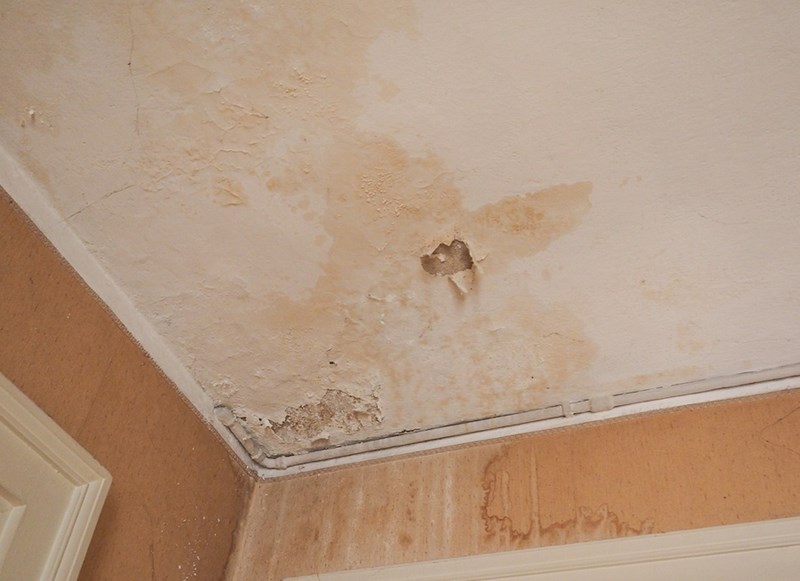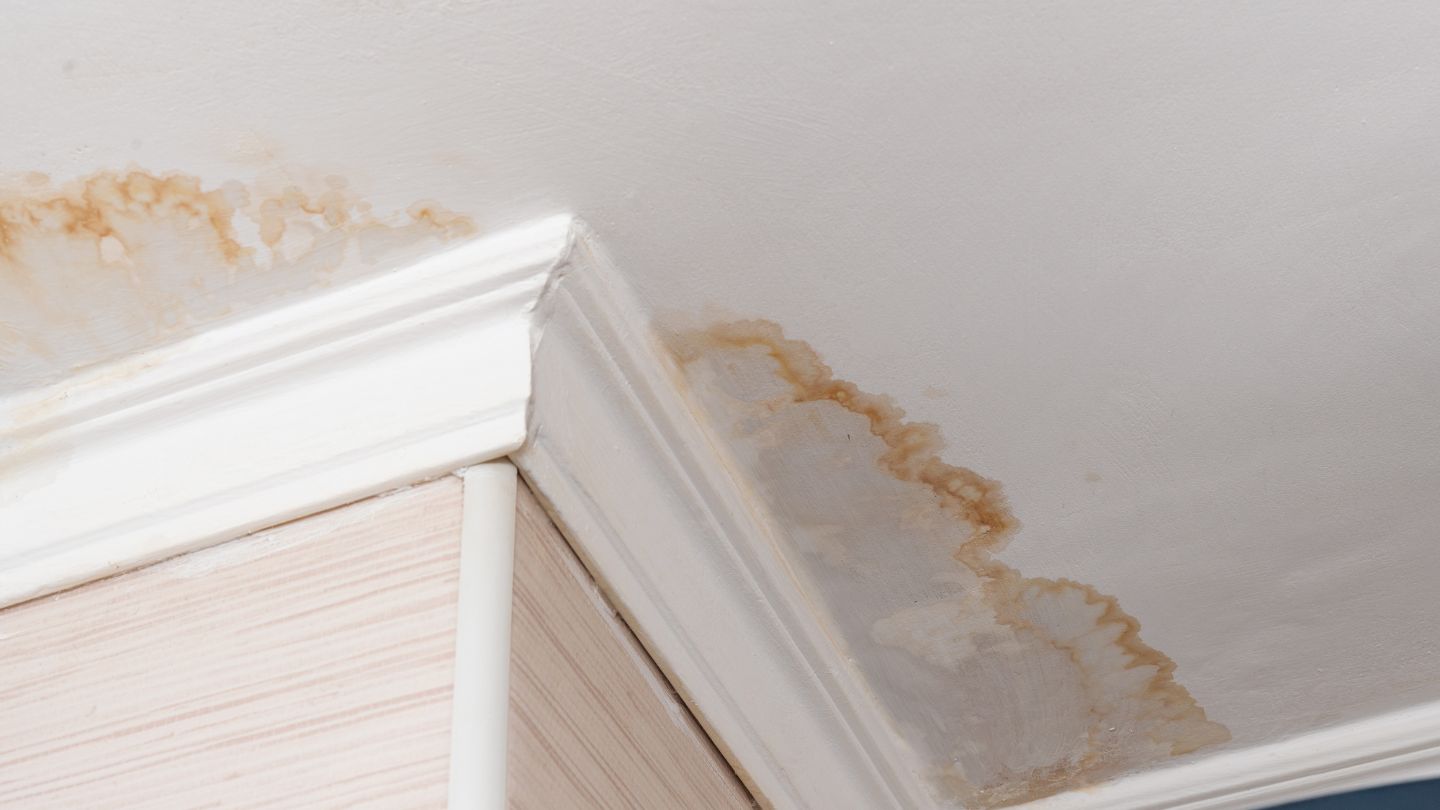The Process of Water Damages Cleaning: Guaranteeing Your Home Is Brought Back Effectively
Water damages can be a difficult obstacle for homeowners, demanding a structured and precise cleaning process to bring back safety and security and functionality. damage restoration services. Following this, efficient water removal techniques play an essential duty in mitigating additional injury.
Examining the Damages
Upon uncovering water damages, the initial step is to extensively assess the extent of the impact. This preliminary examination is essential, as it assists establish the essential actions for effective clean-up and repair. Begin by evaluating the influenced locations, including walls, ceilings, floors, and personal possessions, to identify the source of the water invasion, whether from flooding, leaks, or condensation.
Documenting the damage is important for both insurance claims and planning reconstruction initiatives - damage restoration services. Usage pictures and written notes to capture the seriousness of the damage, keeping in mind any affected structural elements and products. Pay unique interest to areas that might not be promptly noticeable, such as behind walls and under carpets, as concealed wetness can lead to further complications, consisting of mold growth
Furthermore, analyze the timeline of the water exposure. Ultimately, a comprehensive evaluation lays the foundation for a successful water damage clean-up process, making sure that all affected locations are attended to efficiently and thoroughly.
Water Removal Techniques

Professionals commonly employ completely submersible pumps for larger volumes of water, which can rapidly relieve flooding in cellars or various other affected locations. For smaller sized amounts, wet/dry vacuums are usually utilized to draw out recurring dampness from carpetings and tough surfaces. Furthermore, making use of mobile extractors enables targeted elimination in restricted rooms or locations with fragile products.
In circumstances of infected water, such as sewer or floodwater, progressed removal strategies may entail using biohazard equipment to make sure security and conformity with health and wellness regulations. High-powered extraction tools are important in decreasing water retention in architectural materials, which can lead to mold growth and structural degeneration otherwise addressed promptly.
Ultimately, the performance of water removal methods plays a crucial duty in the general success of the water damage clean-up process, laying the groundwork for subsequent remediation efforts.
Drying and Dehumidification
Once standing water has been efficiently extracted, the next critical stage in the water damages cleaning procedure is drying and dehumidification. This action is necessary to avoid additional damage and mold and mildew growth, which can occur within 24 to 2 days in wet atmospheres.
To achieve reliable drying out, specific devices such as industrial-grade air movers and dehumidifiers is used. Air movers circulate air throughout wet surface areas, improving evaporation prices, while dehumidifiers decrease moisture degrees in the air, advertising a conducive setting for drying. The mix of these tools ensures that dampness is drawn out from furnishings, wall surfaces, and floors, allowing them to completely dry completely.
It is very important to keep track of the drying procedure closely. Experts typically use dampness meters to examine the moisture material in numerous products, making certain that all impacted locations get to acceptable dryness degrees. This careful strategy helps to protect against covert moisture pockets that might bring about structural damage or harmful mold and mildew development.

Cleansing and Disinfecting
After the drying out and dehumidification stage is complete, the next crucial action in water damages cleaning is cleansing and sanitizing the impacted areas. This process is vital to avoid the growth of mold, germs, and other microorganisms that flourish in damp atmospheres.
The cleansing stage commonly entails getting rid of any kind of debris, dirt, and contaminants from surfaces making use of specialized cleansing representatives. For tough surface areas, a mix of soap and water or industrial cleaning products is frequently employed. Soft materials, such as furniture and carpetings, might need extra considerable cleansing techniques, including steam cleaning or deep extraction techniques, to make sure detailed cleanliness.

Sanitizing complies with cleansing, making use of EPA-approved anti-bacterials to get rid of dangerous bacteria. This step is necessary, especially in areas that might have come into call with floodwaters or sewage, as these sources can pose significant health and wellness risks.
Furthermore, it is very important to deal with any continuing to be odors, which might require the use of smell neutralizers or sophisticated strategies like ozone treatment. Correct cleaning and disinfecting not only recover the safety and health of your home but likewise prepared for successful reconstruction and repair work in succeeding phases of the water damages cleanup procedure.
Restoration and Repair Services

As soon as the analysis is full, restoration initiatives can start. Furthermore, flooring may need similar attention, depending on the degree of water exposure.
It is important to involve experienced reconstruction specialists during this process, as they have the proficiency to deal with complex fixings successfully. They can assist mitigate prospective future issues, such as mold development or structural instability, hence guaranteeing a safe and habitable living atmosphere. Eventually, effective repair and repair work recover the home's integrity and improve its overall value.
Verdict
To conclude, the procedure of water damage clean-up is vital for restoring a home to its pre-damage condition. Each stage, from evaluating the damage to executing reliable water removal techniques, adhered to by extensive drying, sanitizing, and needed repairs, plays a crucial role in making sure safety and conformity with building standards. Efficient implementation of these actions not only mitigates instant damages yet also improves the long-lasting integrity and value of the home.
Water damages can be a daunting difficulty for property owners, necessitating a structured and meticulous clean-up process to restore safety and functionality. Ultimately, a thorough assessment lays the groundwork for a successful water damage cleaning process, ensuring that all impacted locations are attended to efficiently and extensively.
Effective water removal strategies are crucial in alleviating damage and preventing further problems following a water breach event.In conclusion, the procedure of water damages clean-up is vital for restoring a home to its pre-damage problem. Each phase, from assessing the damages to carrying out efficient water extraction methods, followed by thorough drying out, sanitizing, and necessary fixings, plays a crucial function in ensuring security and conformity with structure standards.
Comments on “Quick Response Emergency Water Leak Repair for Residential and Commercial Needs”